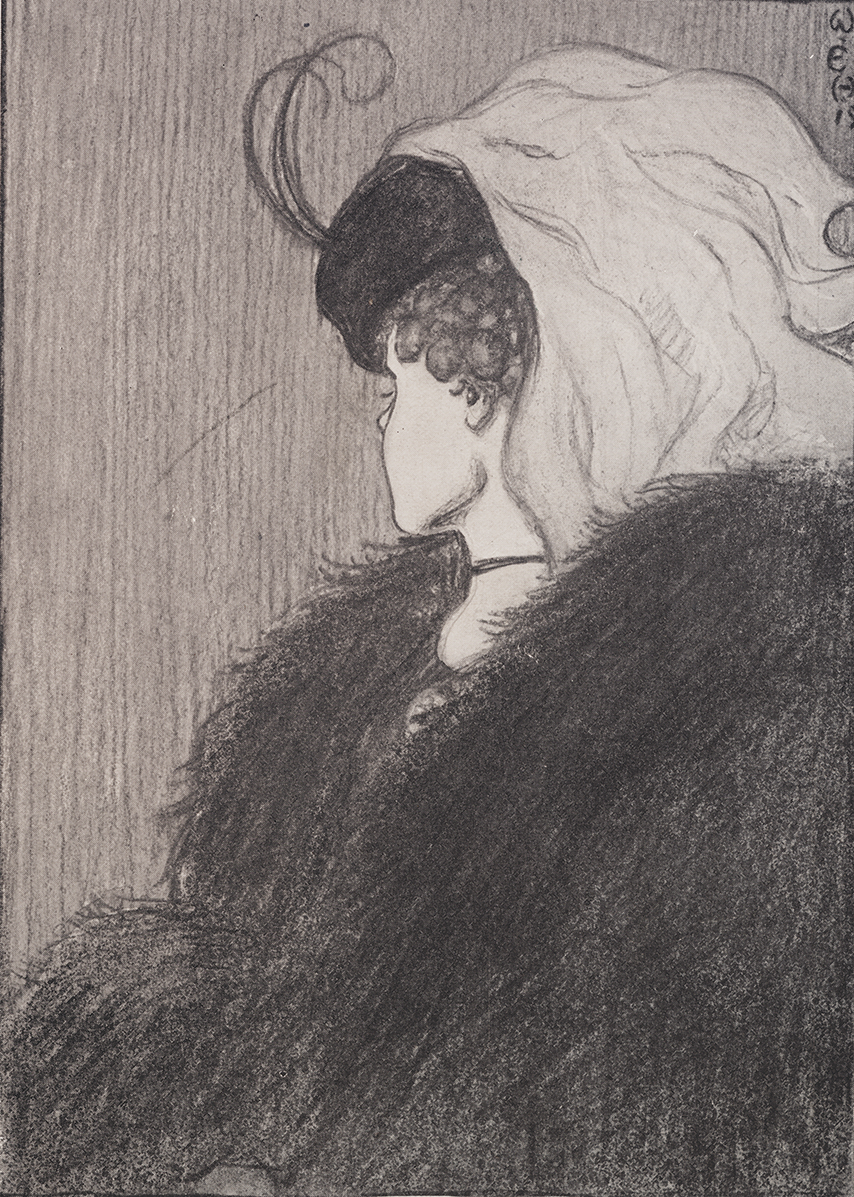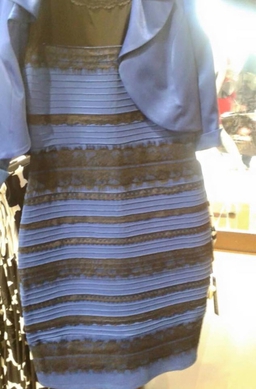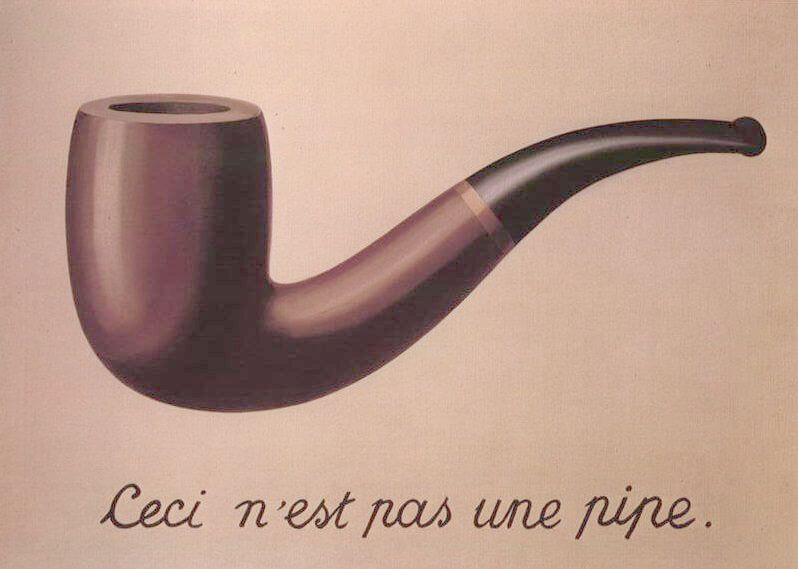Are your eyes lying to you?
There are plenty of images that play tricks on us. Two people can see different things. I remember seeing this on a paper placemat as a kid:

Originally titled “My wife or mother-in-law?”
Most of us see either the younger or older woman more easily. It takes some effort to see the other one, but it’s possible. These illusions don’t normally start arguments. But…
Do you remember this photo?

Black and blue, or white and gold?
In 2015, people argued all week with friends and family in real life and strangers on the internet about what color(s) this dress was. Even neuroscientists struggled to explain why some people saw one set of colors and others saw differently.
Belgian painter René Magritte inspired similar disagreement. In 1929, he painted this:

How’s your French?
The caption reads “This is not a pipe.” Honestly, the painting always gets a little chuckle out of me. It’s kind of like saying “2 is not a number.” It’s just obviously wrong.
Or is it? People assumed that Magritte was being humorous or surrealistic (his art is often called that). He would ask the doubters: “Can you put tobacco in this pipe?” “Can you hold it in your hands?”
Of course not. It’s just a painting of a pipe. And that’s the point. Magritte was right. It wasn’t a pipe, but an illustration of one. But I don’t think Magritte is totally right.
Would you ever look at a beloved photo (wedding, baby, yearbook, mugshot) and say “that’s not someone I love, that’s just chemicals on paper in the shape of them”? Would you look at a poem and say “Robert Frost didn’t write that. Some printer somewhere printed it.” Try and tell a friend who’s into pro wrestling that it’s fake (but do so from a safe distance).
We all understand intuitively the difference between something real and something representative. The truth is, we just don’t care. I know I’m not “really” hearing my wife’s voice on the phone, but the vibrations from her voice translated into digital code and then translated back into vibrations on my end.
I don’t care, I love it just the same.
This is also true of advertising.
Everybody knows the commercial they hear on the radio or see on TV isn’t “real.” But if it speaks to real human needs and reminds people of things that matter to them, it might as well be real. People connect to story, no matter how weird, funny, surprising, or unrealistic it is, so long as they care about it.
Do people care about the story you’re telling them? Do your customers? Do your staff?
If they don’t, we can help.
